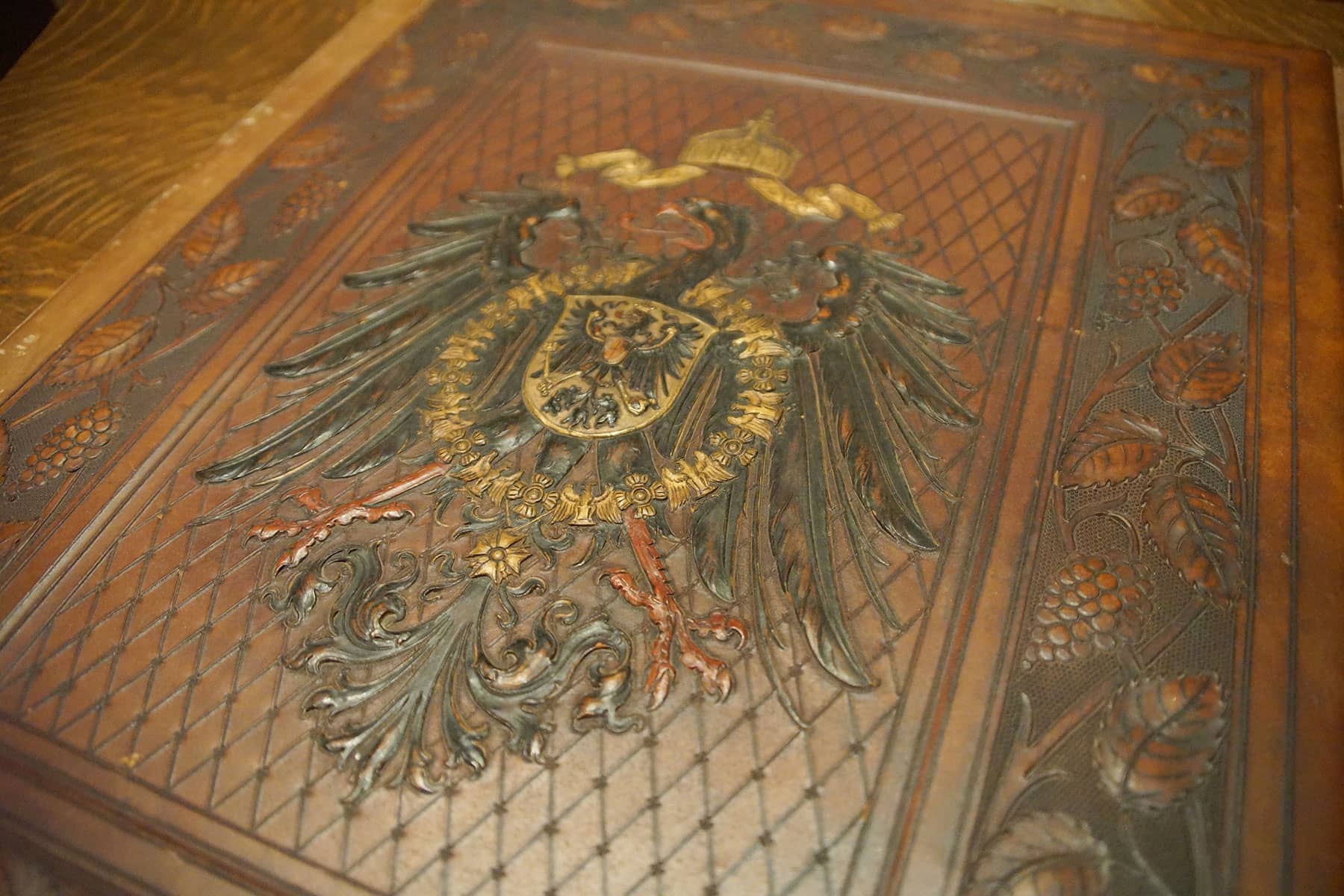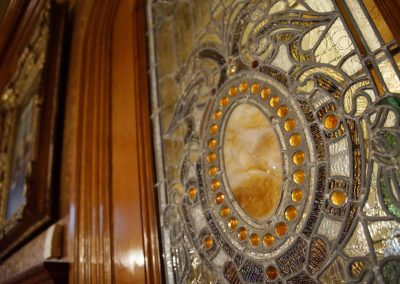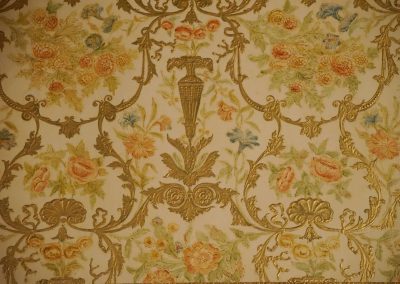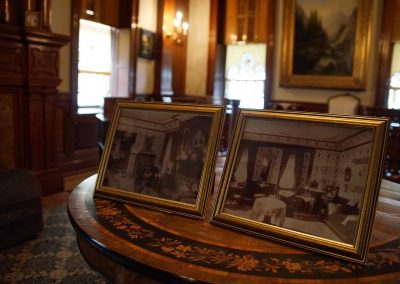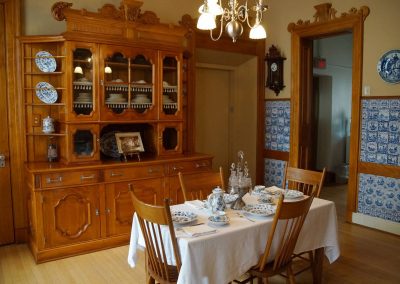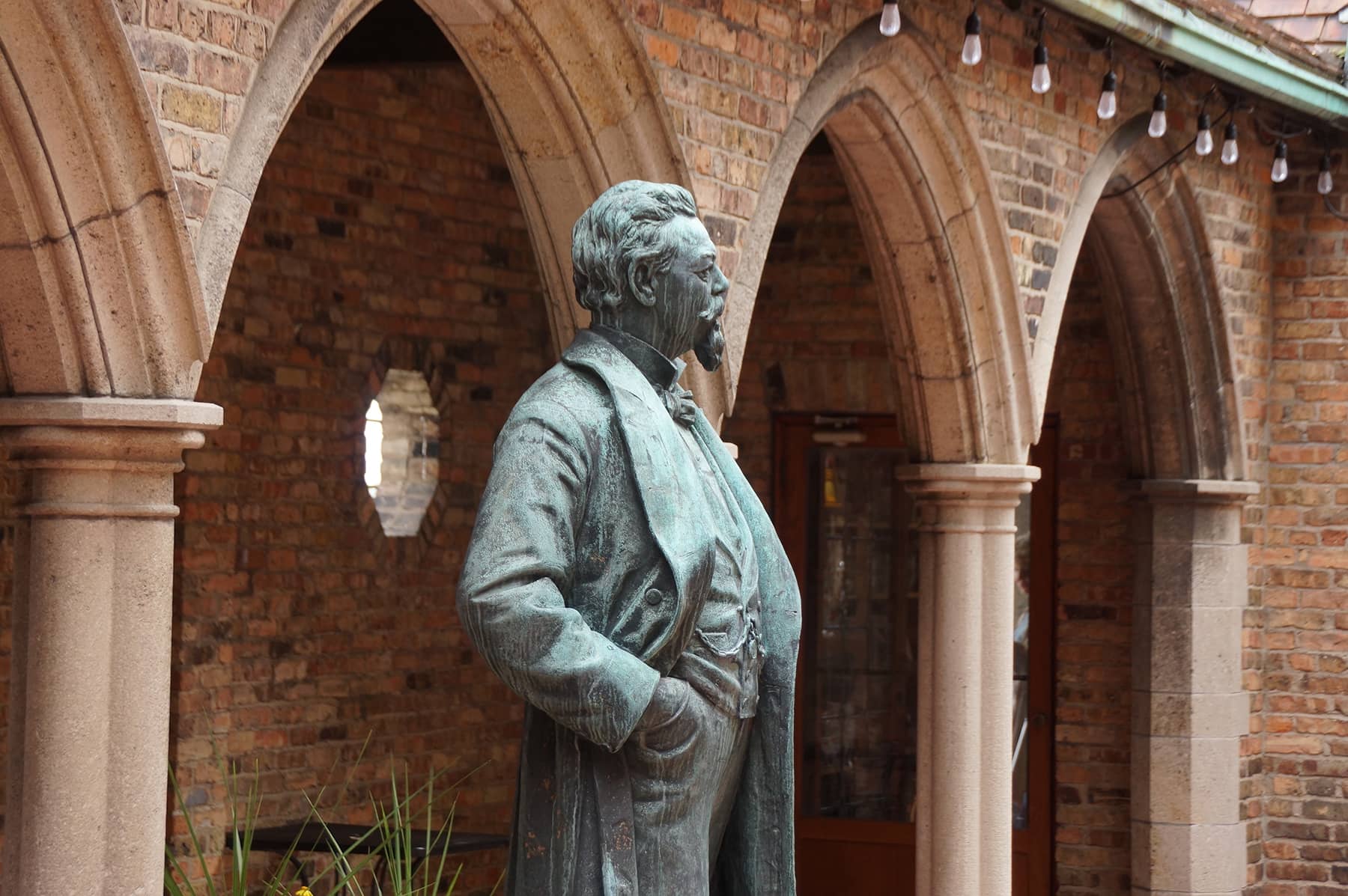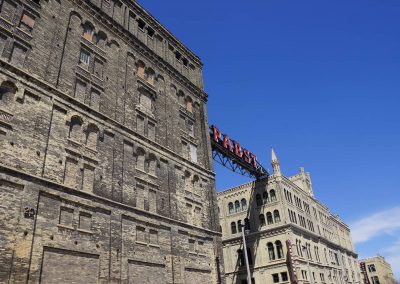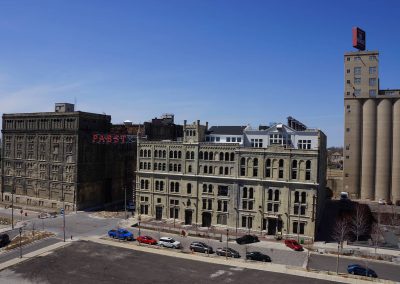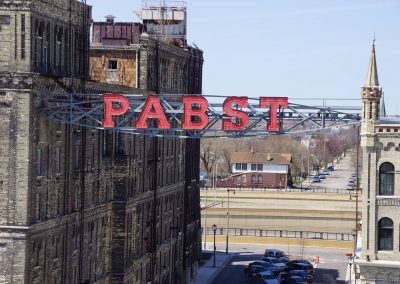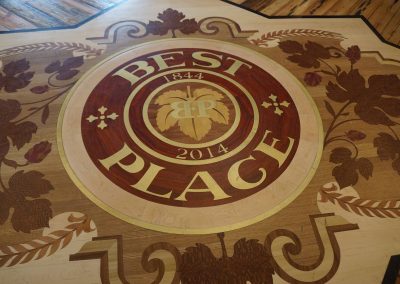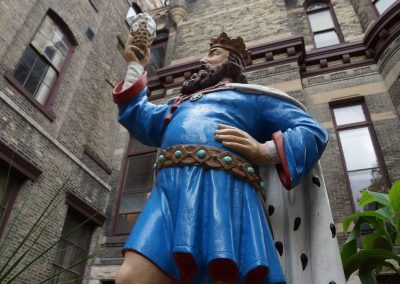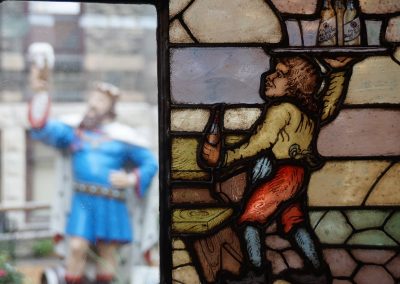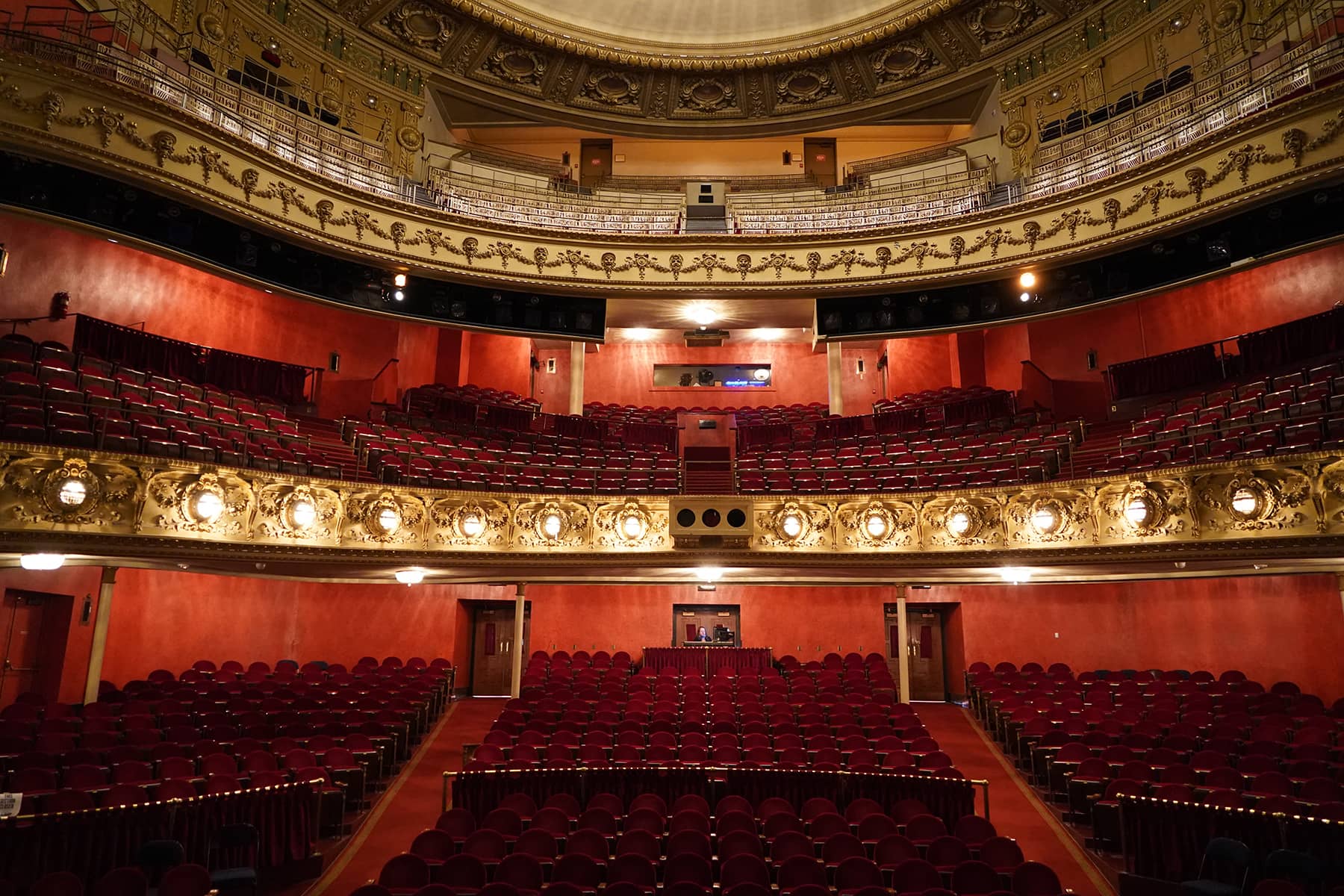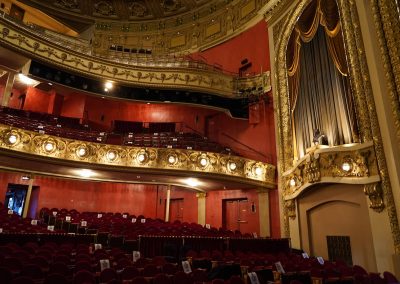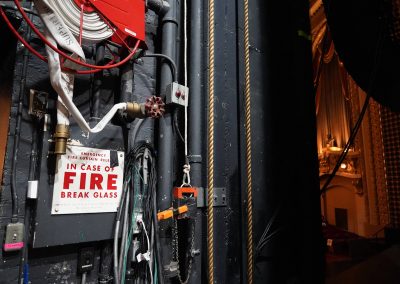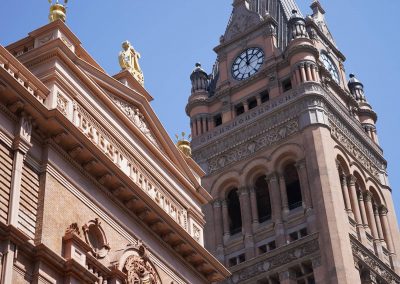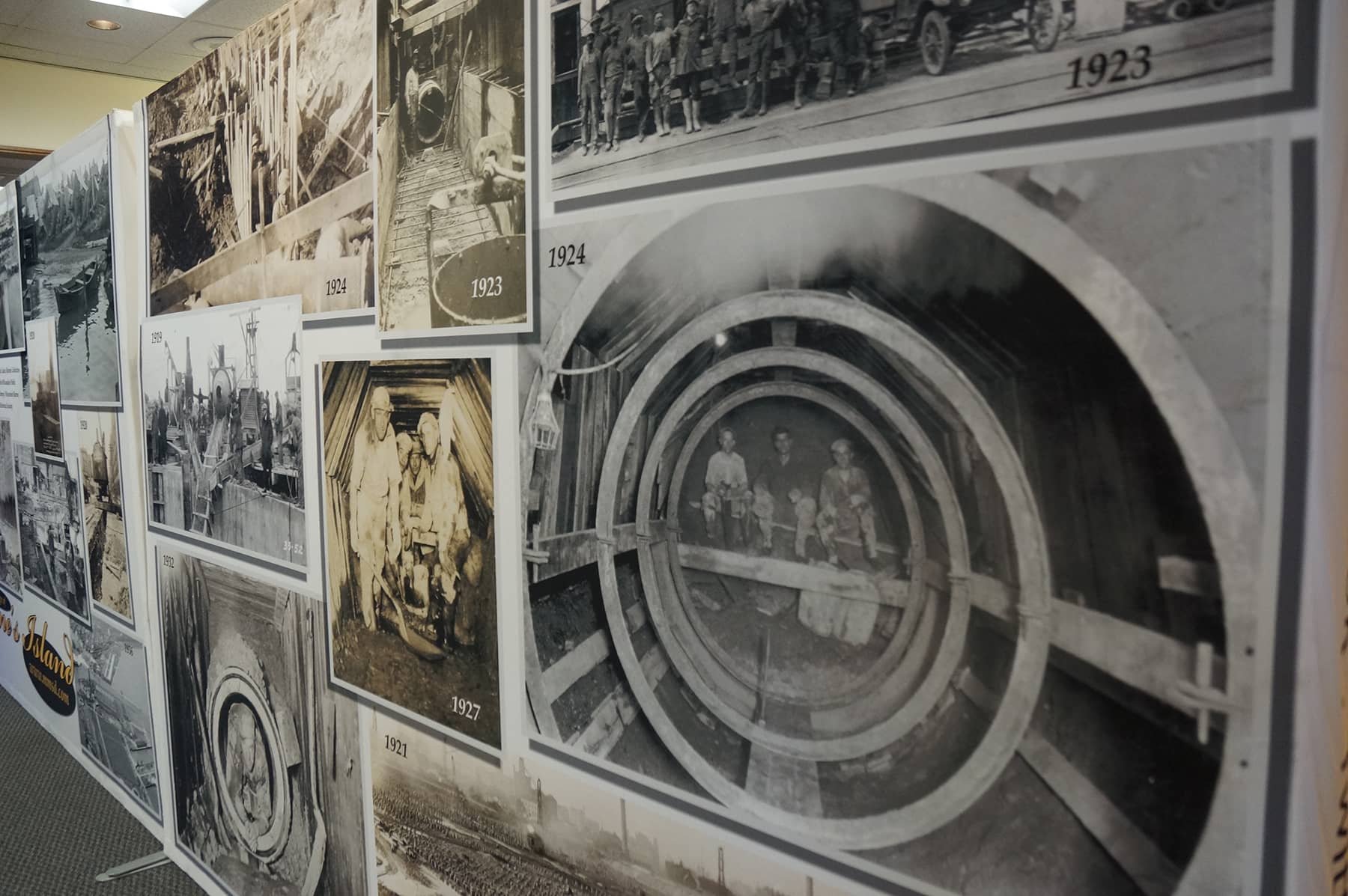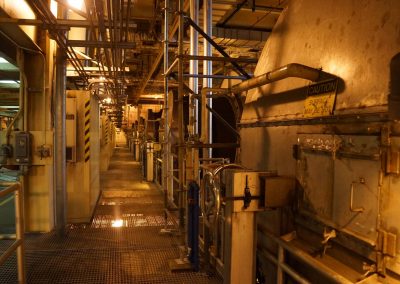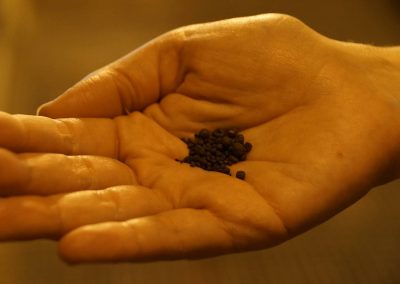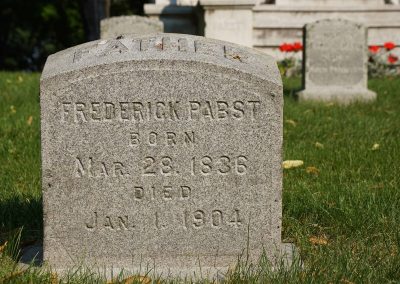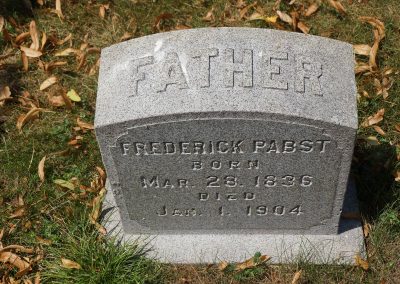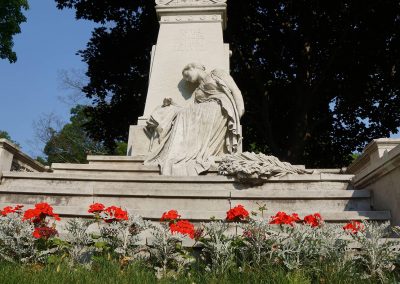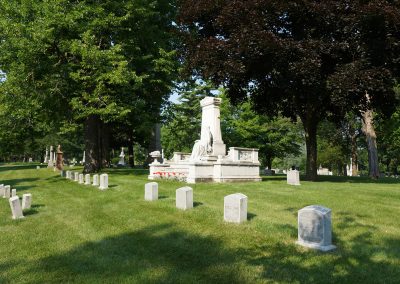
The Pabst Mansion, the historic 1892 home of Captain Frederick Pabst and his family, recently released the beautifully illustrated map “Pabst Around Milwaukee” to share the extent of what had been the Beer Baron’s enterprises across the County.
The idea behind the “Pabst Around Milwaukee” map was to show just how vast Pabst’s reach was within the county, and show how influential he was beyond his mansion and brewery.
“As notable as this map is, it still only presents some of the physical locations where Pabst was involved,” said Jocelyn Slocum, Director of Operations and Curatorial Affairs. “Since I began working at the Pabst Mansion, I started noticing Pabst connections everywhere. From adopting my dog at the Wisconsin Humane Society – of which Captain Pabst was a co-founder, to seeing Pabst-owned art on display at the Milwaukee Art Museum, to growing up blocks from the former Pabst Whitefish Bay Resort, and now living only blocks from the former Pabst Stock Farms – now Washington Highlands in Wauwatosa.”
Slocum said that most Milwaukeeans would be amazed by just how much Pabst has touched the city, both seen and unseen. The illustrated location guide was a the first effort to “map out” places in an artistic style.
“The artist who created the map, Aly Miller, is a Milwaukee native who recently moved back from Brooklyn,” added Slocum. “A map she did of Jewish food in Berlin caught my eye, and sparked the idea of creating our own ‘Pabst Around Milwaukee’ map.”
The digital map is already getting attention, and helping visitors navigate Pabst locations across Milwaukee. For anyone interested in having a physical map, it will be available in a number of forms at the Pabst Mansion’s Visitor Center and Gift Shop.
Also part of the collection are archival-quality prints in multiple sizes and other collectables. Shopping local helps support Milwaukee’s cultural institutions, and all proceeds go directly to help maintain the Pabst Mansion as a public treasure.
Art Map: Pabst Around Milwaukee
PABST MANSION
The home of Captain Frederick Pabst and his wife Maria was built between 1890-1892 on the former Grand Avenue (now Wisconsin Avenue), Milwaukee’s premier residential street in the late 19th century. Designed by Milwaukee architectural firm Ferry & Clas, the Flemish Renaissance Revival mansion was completed at the cost of just over $254,000, including the house, furnishings, and artwork. After the deaths of Captain and Mrs. Pabst, the Roman Catholic Archdiocese purchased the home in 1908 and maintained residence there for sixty-seven years. The mansion was almost demolished in 1975 when a neighboring hotel owner bought the property to be razed for a parking lot. In an effort to save one of the last remaining homes on Grand Avenue, a group lobbied to have the Pabst Mansion recognized on the National Register of Historic Places and worked with local developer John Conlan to purchase the home. Thanks to these efforts, in 1978 the Pabst Mansion opened as a museum and continues to tell the Pabst story today.
PABST BREWERY
Founded in 1844 under the name Best and Company by Jacob Best and his four sons after they immigrated to Milwaukee from Mettenheim, the small brewing plant which they named “Empire” continued to grow until 1859 when Phillip Best became the sole owner and renamed the company Phillip Best Brewing Company. A few years later in 1864, Best’s son-in-law, Frederick Pabst, purchased a half interest in the company and in 1866 became president. In 1879 when a fire destroyed the Empire’s malt house, grain elevators and office building, the calamity was turned into a chance to innovate. When rebuilding they embraced the latest technology such as artificial ice machines in 1880 and incandescent lights in 1882. From this, public interest grew so high that the brewery became one of the first to offer tours of their facilities. Under Pabst’s leadership the company thrived becoming the largest producer of lager beer in the world by the end of the 1880s. In recognition of Pabst’s success, the company was officially renamed the Pabst Brewing Co in 1889.
SOUTH SIDE BREWERY
In 1870, the Phillip Best Brewing Co. (later renamed the Pabst Brewing Co.) purchased the Melms Brewery located in Milwaukee’s near south side and renamed the plant the South Side Brewery. Offering excellent transportation via both rail and river, this expansion helped the company become the leading brewery in America producing 100,593 barrels per year by 1873.
BLUE RIBBON BUFFET
Beyond brewing beer, the Pabst empire expanded across the country through real estate including hundreds of Pabst tied houses, or taverns that were “tied” to the brewery. The Blue Ribbon Buffet, now Ristorante Bartolotta in Wauwatosa, is a stunning example of a local Milwaukee tied house leased by the Pabst Brewing Company. Otto Strack is credited with developing the unique Pabst castle-like architectural style which included the use of elements such as battlements and towers.
PABST THEATER
Captain Pabst purchased the Nunnemacher Opera House in 1890 and after investing in its refurbishment renamed it the Stadt Theater. With its high caliber German-language productions, Pabst helped in establishing Milwaukee’s place as the “German Athens of the West.” After being severely damaged in a fire in 1895, the theater was rebuilt in the baroque style and named the Pabst Theater after its benefactor.
PABST WHITEFISH BAY RESORT
In 1888 Pabst purchased land along Lake Michigan just north of Milwaukee in Whitefish Bay. With winding walkways, an extensive beer garden and restaurant, daily music concerts, and easy steamer transportation from the Pabst dock in downtown Milwaukee, it is easy to understand the popularity of this charming spot. A delightful retreat from the city for over twenty-five years, in 1915 the resort was demolished, and the land divided and sold as premier residential real estate.
PABST BUILDING
Construction began in 1891 of this fourteen-story building designed by Chicago architect Solon Spencer Berman. Once Milwaukee’s tallest structure, the Pabst Building quickly became Milwaukee’s leading professional address. Among its tenants was the Wisconsin National Bank, of which Captain Pabst was president. It was demolished in 1981 to make way for the 100 East Wisconsin building, which paid homage to the former structure of the plot by incorporating elements of the Pabst Building’s crown into its own.
PABST PARK
Located in the Harambee neighborhood, the aptly named amusement park of Pabst Park offered its visitors daily concerts, target shooting, a beer garden, rides such as a rollercoaster and carousel, and a German-themed funhouse called the “Katzenjammer.” Delightful to its 1890s visitors, by 1921 the park’s popularity declined and the city purchased the land to open the public Rose Park.
PABST STOCK FARM
The Pabsts purchased roughly 200 acres in what was then the small village of Wauwatosa in 1885. There Pabst Stock Farms was formed to raise Percheron horses to be used both for hauling wagons at the brewery and for breeding. In the summer months, when not traveling the Pabst family retreated to their farmhouse perched on a hill overlooking their vast fields. With the Pabst children uninterested in the Wauwatosa farm, the land was sold in 1915 to develop the Washington Highlands neighborhood.
EMPIRE CAFÉ
In the late 1890s, Pabst opened the Empire Café within the Empire Building on the corner of Wisconsin and Plankinton Avenues. Making his properties a destination, Captain Pabst purchased a number of artworks to adorn the walls of his establishments. Two paintings by Giuseppe Magni which once hung in the Empire Café now hang on the walls of second-floor landing at the Pabst Mansion. During the construction boom of the 1920s, the original Empire Building fell victim to the wrecking ball and was razed in 1927. The Empire Café serves as just one example of Pabst’s real estate holdings, which went well beyond Wisconsin. In New York, for example, Pabst developed properties such as Pabst Harlem, which was heralded as America’s largest restaurant at the time, and the grand Pabst Hotel, located in what later became Times Square.
Photo Sets: Key locations from the lifetime of Captain Frederick Pabst
This image collection features three locations on the “Pabst Around Milwaukee” map, but also two sites that are not considered official Pabst destinations.
The Pabst Mansion, Pabst Brewery, and Pabst Theater are directly connected to the daily activity, business enterprise, and cultural philanthropy of Captain Frederick Pabst.
The Milwaukee Metropolitan Sewerage District (MMSD) is a byproduct of the Pabst business. Because the brewing company discharged water that had a rich content of nitrogen, it allowed the Jones Island Wastewater Treatment Plant to consistently process biosolids into high quality fertilizer known as “Milorganite.”
Forest Home Cemetery is the last resting place of generations of the Pabst family. So these photos cover the footprints of Captain Pabst in Milwaukee from his life to death.
Aly Miller / The Pabst Mansion
Lee Matz


